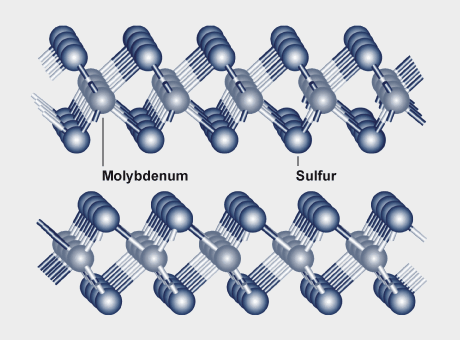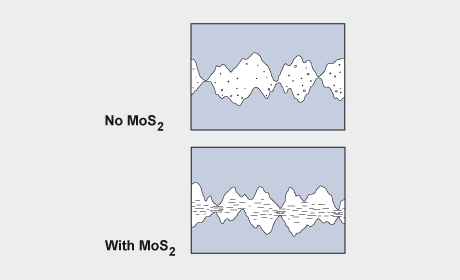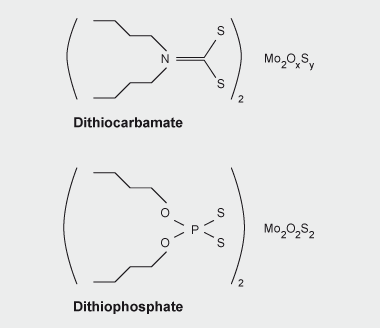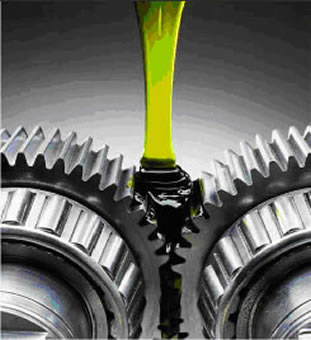| Mo Content (%) |
Product Type |
Uses |
| 1 - 20 |
Greases - for manufacturing, mining and transportation |
Ball and roller bearings, splines, chassis, conveyors |
| 20 - 60 |
Pastes - mineral or synthetic base |
Assembly of machinery, splines, gears, universal joints, metal forming |
| 0.5 - 5 |
Industrial and Motor Oils or Synthetic fluids |
All automotive and industrial gears, reducers, cams, etc |
| 1 - 20 |
Water Suspensions |
Metalworking and process lubrication, threads, slices, packaging, die casting |
| Up to 85 |
Bonded Coatings - air or heat cured, organic, inorganic |
Threads, tools, switches, locks, valves, slide, process lubrication, metalworking |
| 1 - 40 |
Metal working compounds, Soaps, Powders, etc |
Extrusion, cold forming, wire drawing, deep drawing |
| 10 - 100 |
Pure or Mixed Powders |
Punch line, stamping, forming, relays, switches, packing |
| Composites |
| 1 - 10 |
Friction Products, Sintered Cu brakes, Semi-metallic and Non-asbestos pads |
Aircraft, automotive and rail brake pads & linings |
| 1 - 30 |
Plastic, Rubber & Metal Composites |
Gears, slides, bearings, thrust washers, O-rings |




